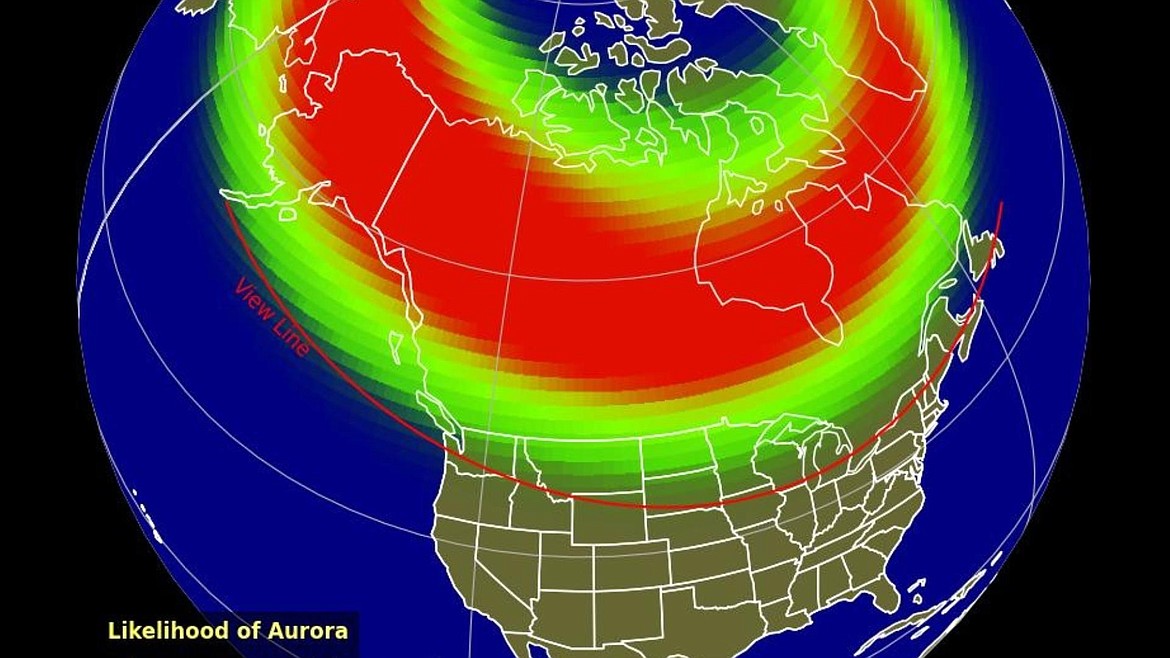
northern light set to dazzle us again this weekend with a solar storm to unleash the beauty of aurora ,here is places it could be seen
This weekend, skywatchers around the world are in for a dazzling show as a solar storm is expected to unleash the spectacular beauty of the Northern Lights, or aurora borealis. Solar storms occur when the Sun releases a burst of charged particles into space, which interact with Earth’s magnetic field, creating the stunning light displays we associate with the aurora. The storm, set to peak in intensity over the weekend, promises to deliver some of the most vivid and expansive auroral displays in recent memory, visible far beyond the typical viewing areas.
### What is a Solar Storm?
A solar storm, or solar flare, occurs when there is a sudden release of energy from the Sun. These flares send out charged particles at high speeds, and when they collide with Earth’s magnetic field, they cause disturbances that create the auroras. These particles excite the gases in Earth’s atmosphere—mainly oxygen and nitrogen—resulting in bright, colorful lights across the night sky. The aurora typically appears in the form of shimmering green, pink, red, blue, and purple hues.
### Areas to View the Aurora
The aurora borealis is most often visible in the high latitudes near the Arctic and Antarctic circles. However, during periods of heightened solar activity, like the one expected this weekend, the aurora can be seen much further south. Here are some of the best places where you may be able to catch the aurora in all its glory:
#### **1. Northern Canada**
The vast, remote northern regions of Canada offer some of the best viewing opportunities. Cities like Yellowknife in the Northwest Territories are renowned for their clear skies and minimal light pollution, making them prime locations for aurora viewing. The storm is expected to push the aurora further south, and places like Whitehorse in the Yukon or even parts of British Columbia may see some action.
#### **2. Alaska, USA**
Alaska is another top destination for aurora watchers. Fairbanks, located about 150 miles south of the Arctic Circle, is one of the most famous places in the world to witness the northern lights. With a stable atmosphere and consistent geomagnetic activity, Fairbanks regularly offers excellent aurora sightings. This weekend, the solar storm could bring the aurora to areas further south, making towns like Anchorage and even parts of the Kenai Peninsula good bets for viewing.
#### **3. Scandinavia**
Countries like Norway, Sweden, and Finland are famous for their northern lights displays. The far northern regions of Norway, particularly Tromsø, are ideal for aurora chasing, with long polar nights providing optimal conditions for aurora sightings. In Sweden, Abisko National Park is another hotspot, as its unique microclimate tends to offer clearer skies than surrounding areas. The storm could also bring auroras visible in more southern areas, like Oslo, Bergen, or Helsinki.
#### **4. Iceland**
Iceland, with its otherworldly landscapes, offers a stunning backdrop for aurora displays. Reykjavik, the capital, is often too light-polluted for consistent aurora sightings, but just a short drive away to places like Thingvellir National Park or the Snaefellsnes Peninsula offers prime conditions for a view of the aurora. Given the intensity of the solar storm, the aurora may even be visible across much of the island this weekend.
#### **5. Russia and Greenland**
If you’re in Russia, especially in the northern reaches of Siberia or places like Murmansk, you may be treated to a vivid light show. Similarly, Greenland is known for its incredible aurora displays, particularly in places like Kangerlussuaq, where visitors can see the northern lights in all their glory, reflecting off glaciers and icebergs.
#### **6. The Northern United States**
While auroras are typically more common in the far north, heightened solar activity means the northern U.S. may have a chance to see the aurora this weekend. Regions around the Great Lakes—like Michigan, Minnesota, and Wisconsin—could experience visible displays if the storm’s intensity is strong enough. The more northern states in New England, such as Maine, could also catch a glimpse of the phenomenon.
### When and Where to Watch
The best time to observe the northern lights is typically after dark, between 9 PM and 2 AM local time, when the sky is darkest and the auroras are most visible. For optimal viewing, head to areas with minimal light pollution and clear, dark skies. Check the aurora forecast for your region for the best chances of seeing this celestial spectacle.
This weekend’s solar storm promises to be an exciting event for aurora enthusiasts worldwide. Whether you’re in the far north or further south, keep an eye on the sky—nature’s most beautiful light show may be just above you!
